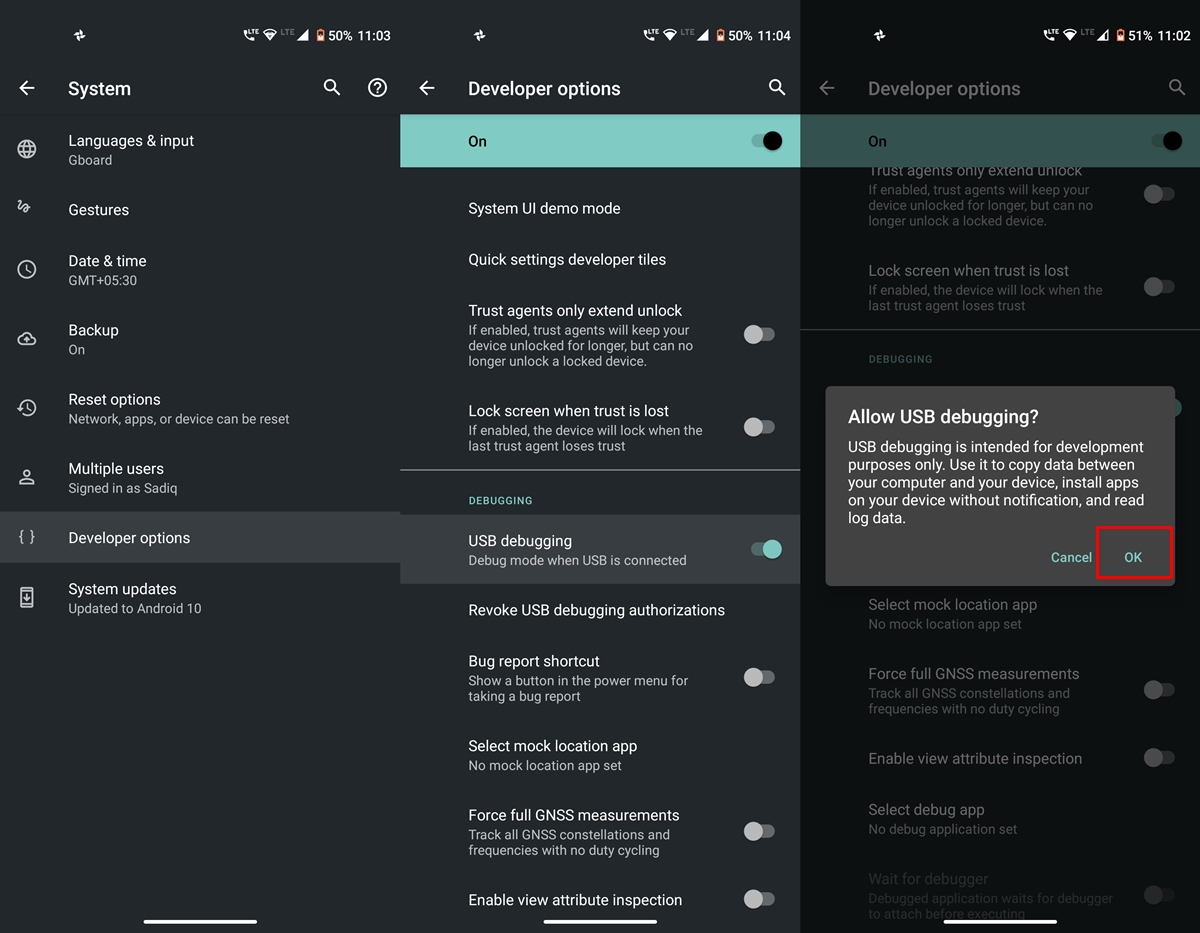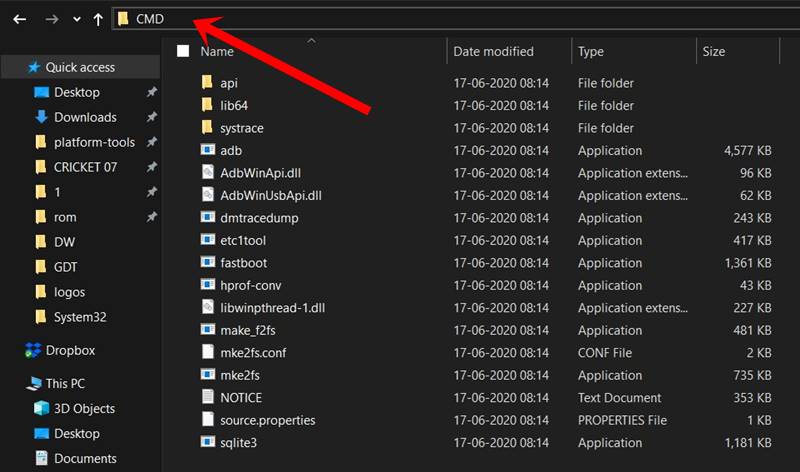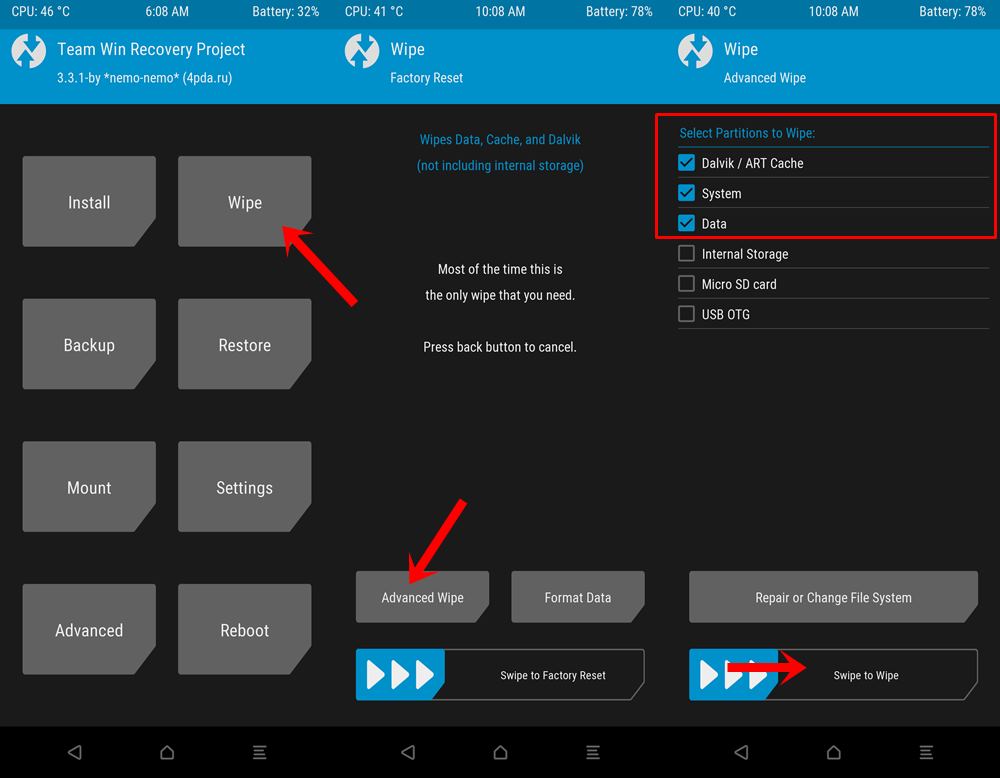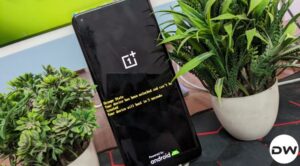In this guide, we will be discussing the steps to install Android 11 on GSI supported Project Treble devices. Alongside the introduction of Android Oreo, Google launched Project Treble. This initiative from Google answered one of the long-standing issues of untimely Android updates. Initially, the Android Operating System and the hardware component (Vendor implementation) had to be updated together. So Google provides the necessary update packages for its OS.
But the hardware components usually took some time in getting updates. By hardware, it was usually the Qualcomm, MediaTek, and Snapdragon processors that needed to be updated. And this took quite a lot of time in getting updated. Until and unless this hardware was updated, Google was unable to do anything. But with the launch of Project Treble, the Silicon Valley giants separated the hardware and software components. As a result, it was no longer needed to update the hardware components. All that was required was the updation of Android OS.
The biggest benefit in this regard was the Project Treble devices. This is because these devices supported the Generic System Images to be flashed to their devices. So even if you don’t own a Pixel handset, you could still try out the newer Android build the same day. This is possible as Google released the Android firmware for Pixel and the GSI image for the same ROM concurrently. And today, we will be sharing with you the steps to install the Android 11 GSI image on any Project Treble device. So without further ado, let us begin with the guide.
- How to Go Back to Stock ROM from GSI ROM (All Android Devices)
- Flash Custom ROM After Wiping Internal Storage Without SD Card or OTG
- How to Extract OZIP Realme Stock ROM (Firmware)
- How to Revert to Stock ROM from GSI ROM (Universal Guide)
Table of Contents
Requirements
- Your device should be Project Treble compatible. To check for the same, download the Treble Info application from Play Store.
- Next, your device should also be having at least Android 9.0 out of the box.
- Also, Enable Developer Options and USB Debugging on your device. The same could be done by heading over to Settings > System > About Phone > tap on Build Number 7 times > Go back to System > You will see Developer Options > Enable the USB Debugging toggle. Don’t Miss: Enable USB Debugging on a Broken Android Device’s Screen? Here’s a Workaround

USB Debugging on Android - Moreover, the bootloader should also be unlocked.
- Likewise, make sure to have a complete backup of your entire device. Installing Android 11 requires you to wipe your data partition. So create a backup beforehand.
- Finally, check your device’s CPU architecture from the Treble Info app. It will be either x86 or ARM64.
- Once you meet all the above requirements, you could now easily download and install Android 11 onto your GSI supported project treble devices.
Download Android 11 GSI File
You could now download the Android 11 GSI file for your Project Treble devices from the below link:
Google GSI Images
Date: September 8, 2020
Build: RP1A.200720.009
Build Type: experimental
Security patch level: September 2020
Google Play Services: 20.30.19- ARM64+GMS: DOWNLOAD LINK
- ARM64: DOWNLOAD LINK
- x86+GMS: DOWNLOAD LINK
- x86_64: DOWNLOAD LINK
PHH TREBLE GSI
Phh-Treble v300.a (Based on AOSP 11.0): Download Link
Supported Devices:
Android 11 family photo pic.twitter.com/B0srVyI3c6
— Husson Pierre-Hugues (@phhusson) September 22, 2020
Allview V3 Viper
ASUS ROG Phone 3
ASUS ZenFone 6
ASUS ZenFone Max M2
Chuwi Hi9 Pro
F(x)tec Pro 1
Honor View 10
Huawei Mate 9
Infinity Smart 2
K-TOUCH I9
Motorola Moto E5
Motorola One Action
Nokia 4.2
Nubia Red Magic 5G
OnePlus 6
Razer Phone
Realme X2 Pro
Redmi Go
Samsung Galaxy A51
Samsung Galaxy S9+
Xiaomi Mi 9
Xiaomi Mi Mix 3
Xiaomi Qin 2 pro
Unihertz Titan
- Fix Magisk Module Bootloop without TWRP Recovery
- How to Fix TWRP Error 20 GApps after flashing LineageOS
- Fix Mi Account Authorization | Unbrick Xiaomi | EDL Mode
- How to Fix Error: Cannot load recovery.img
Warning
- This build is unstable and some of the features are yet to be functional. So it is not recommended to use this ROM as a daily driver.
- Next up, in case of a nuclear attack, your house getting on fire or your device getting bricked or in bootloop, Droidwin or any of its members will not be held responsible. Proceed ahead at your own risk.
How to Install Android 11 on GSI supported Android devices
Well, there are two different ways through which you could install Android 11 on your device. The first involves the use of Android SDK and Platform Tools whereas the second one is possible via TWRP Recovery. We will be discussing both the methods below, beginning with the former.
Method 1: Installing Android 11 via ADB and Fastboot Commands
- Download and install the Android SDK and Platform Tools on your PC.
- Extract the Android 11 GSI on your desktop. You should see two files: vbmeta and system. Move both of these files to the platform-tools folder.
- Next, connect your device to PC via USB Cable.
- Head over to the platform-tools folder and type cmd in the address bar. This will open the Command Prompt.

- Now enter the below command to boot your device to bootloader/fastboot mode.
adb reboot bootloader
- Enter the below command to flash the vbmeta file (see note below)
fastboot --disable-verity --disable-verification flash vbmeta vbmeta.img
- Next, type this command to wipe your system
fastboot erase system
- Now you could flash and install the Android 11 GSI file on your device. Use this command to do so:
fastboot flash system system.img
- Next up, you need to format data via this command:
fastboot -w
- Finally, you could reboot your device via:
fastboot reboot
With that, you should now be successfully booted to Android 11. Enjoy! So, let us now turn our attention towards installing Android 11 via TWRP Recovery. Note for STEP 6: If that command doesn’t work out for you, then try:
fastboot flash vbmeta vbmeta.img
Method 2: Using TWRP Recovery
Well, to be frank, using ADB and Fastboot Commands does require some efforts. These include setting up platform-tools, requiring USB cable, a PC, entering various commands, etc. That is why it is always recommended to install Android 11 using a TWRP Recovery if your device supports one. With that said, here is how you could flash Android 11 using a custom recovery like TWRP. On that note, also check out the steps to install TWRP Recovery on any Android device.
- How to Install OTA Updates in Rooted Android Device
- How to Install Substratum Themes on any Android (Oreo 8.0 and above)
- Permanently Install TWRP without TWRP ZIP File (only using TWRP.img file)
- Root Android Devices Without TWRP Recovery
Steps to be followed
Download the permissiver v5 flashable zip file and transfer it to your Android device’s SD card or to the pen drive (if your device supports OTG). This file is needed to change your kernel from Enforcing to Permissive. In general, this file is mostly needed if you flash Erfan’s GSI builds. But we have also seen some users could only boot the Android’s official GSI builds only after flashing this file. If they don’t flash this file, Android 11 won’t boot up and they will end up in a bootloop.
Furthermore, transfer the system.img file from the Android 11 GSI file over to your device. Also, transfer the vbmeta.img file to your device. Make sure to transfer them onto your SD Card. If your device doesn’t have an SD Card, then transfer it to your OTG supported external SUB Drive like Pen Drive. Then when you boot to TWRP Recovery, first of all, head over to Mount and select your USB OTG option. Then hit the Mount button situated at the bottom. The reason why we are not allowing you to transfer the files to Internal Storage as we will be wiping that partition.
- Start this guide by rebooting to recovery. You could either use the device-specific hardware button combinations shortcut. Or type adb reboot recovery in the CMD window inside the platform-tools folder to boot to TWRP Recovery.
- From the TWRP home menu, go to Wipe and select Dalvik, Data, and System. Perform a rightward swipe to wipe these 3 partitions.

- Next up, you will have to flash the vbmeta file to disable the Android Verified Boot. Head over to Install and tap on the Install Image button situated at the bottom right.
- Select the vbmeta.img file and perform a right swipe to flash it onto your device.
- Now browse to the location where the GSI ROM’s system.img file is present. You will have to tap on the Install Image option situated at the bottom right for this .img file to be visible. Go ahead, select and install the Android 11 ROM onto the System Image partition.

- Now go to Reboot and select Recovery. Don’t reboot to System otherwise, you will end up in a bootloop. Furthermore, TWRP recovery will say “No OS Installed”. Well ignore it and proceed ahead. It’s nothing to worry about, trust me 🙂
- Likewise, when the device reboots to recovery, flash the permissiver_v5.zip file. Not needed for every device, you could try and boot your device to System. If it does, well and good, otherwise boot back to TWRP and flash this file.
- Finally, head over to Reboot and this time select System. You should now be greeted with the latest OS from Google. Congrats!
So with that, we conclude the guide on how to install Android 11 on any Project Treble compatible Android device. However, if you face any queries executing the above steps, drop-in your queries in the comments section below.












SonLe
Help! Resize logical partition. File GSI too big…. system partition.
Sadique Hassan
Hi Sonle, this happens when you are flashing the GSI file to an old Android device, whose system partition is small in size. And since GSI is a system.img file, it isn’t able to install itself in the system partition. While there exists a method to increase the partition via deleting and recreating partitions, but it is extremely risky and could permanently brick your device. And that will be a hard price to pay just for installing a GSI ROM.